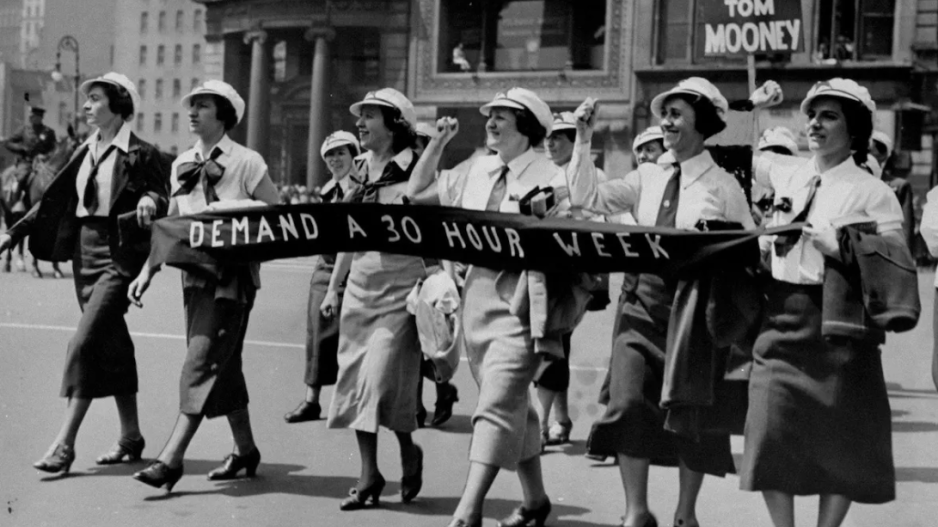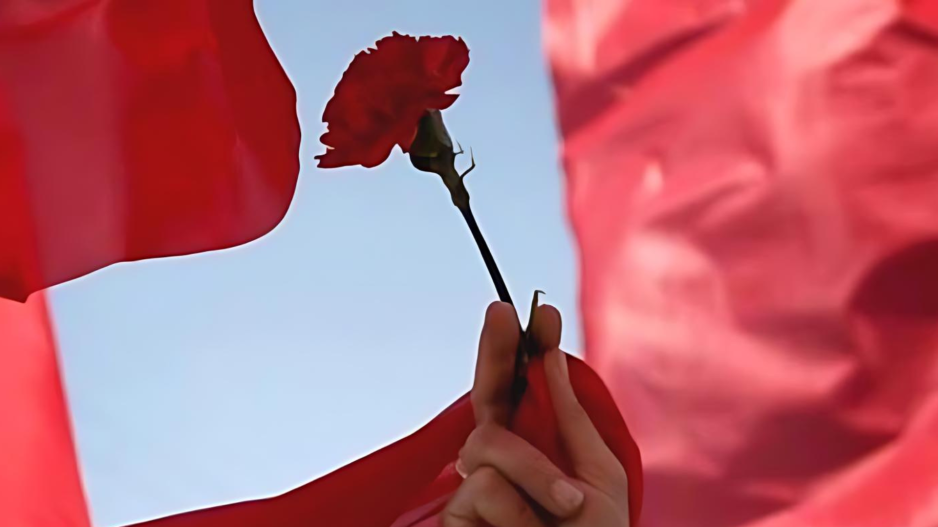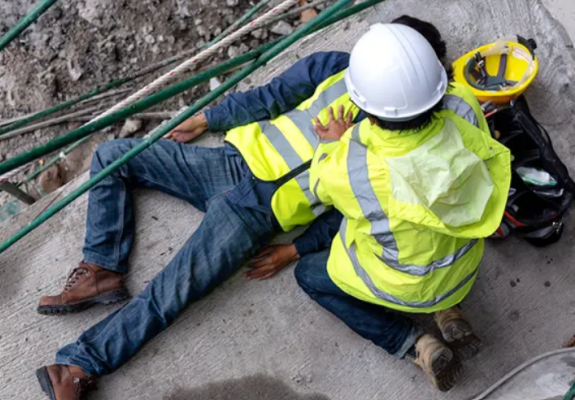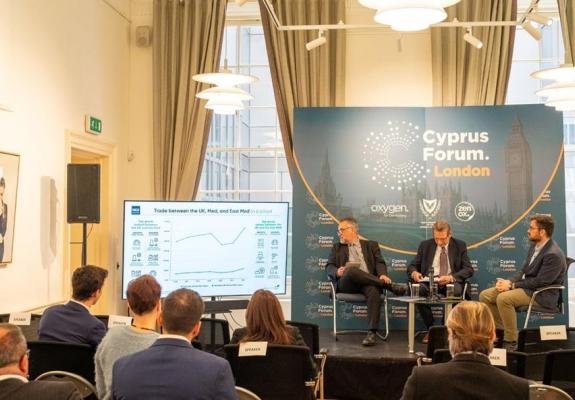From Rallies to Marches, May Day Highlights Workers' Rights and Sets Future Demands
Struggles and Achievements
Annually celebrated with a global perspective, Labour day, also referred as May Day allows the working class to showcase their social and economic achievements through rallies and marches, setting their demands for the future.
The establishment of May Day as a labor celebration was officially declared on July 20, 1889, during the founding congress of the Second International (Socialist International) in Paris. This date was chosen to commemorate the uprising of workers in Chicago on May 1, 1886, who were advocating for an eight-hour workday and better working conditions. This protest tragically culminated in bloodshed days later, involving police and employer-hired enforcers.

In the U.S., labor unions called for strikes on May 1, 1886, spurred by successful claims by their Canadian counterparts. At that time, U.S. labor regulations were virtually nonexistent, allowing employers to dictate work terms, including Sunday work.
Approximately 350,000 workers across 1,200 U.S. factories participated in the strike. Chicago's demonstration was notably combative, involving 90,000 participants. Albert Parsons, a prominent anarchosyndicalist, led the march with his wife Lucy and their seven children.
Violence erupted two days later outside the McCormick factory in Chicago when strikebreakers attempted to disrupt the strike, leading to clashes. Police and the company's enforcers intervened aggressively, killing four strikers and wounding many, sparking outrage among the city's working class.
The following day, a rally was organized in Haymarket Square to condemn the police violence, led by anarchists. The gathering was large and initially peaceful. However, the situation escalated when police were ordered to forcibly disperse the crowd, and a bomb was thrown from the midst of the protesters, killing a policeman and injuring dozens. Police responded by firing indiscriminately, resulting in at least four demonstrators killed and an undetermined number injured, while six policemen died from gunfire (it remains unclear if the shots were from the police or demonstrators), bringing the total police deaths to seven.
For the bombing that killed the policeman, anarchosyndicalists including August Spies, Georg Engel, Adolph Fischer, Louis Lingg, Michael Schwab, Samuel Fielden, Oscar Neebe, and Albert Parsons, all rally organizers, were accused. All but Parsons and Fielden were German immigrants. Their trial began on June 21, 1886. The prosecutor, Julius Grinnell, demanded the death penalty for all eight accused, without any evidence linking them directly to the bombing. He argued that their speeches incited the unknown bomber, thereby making them guilty of conspiracy.
The defense argued the bombing was a provocation linked to the notorious Pinkerton agency, often used by employers as a strikebreaking tool. The jury convicted all eight defendants on August 20, 1886. Spies, Engel, Fischer, Lingg, Schwab, Fielden, and Parsons were sentenced to death, while Neebe received 15 years in prison. After exhausting all appeals, Illinois Governor Richard Oglesby commuted Schwab's and Fielden's death sentences to life imprisonment, while Lingg committed suicide in his cell. On November 11, 1887, Spies, Parsons, Fischer, and Engel were executed, singing "La Marseillaise" as they went to the gallows. The trial is regarded by prominent American legal experts as one of the most egregious miscarriages of justice in U.S. history.
On June 26, 1893, Illinois Governor John Peter Altgeld admitted the eight were innocent and criticized Chicago authorities for letting Pinkerton agents operate unchecked. In a final act of justice, he pardoned the imprisoned Fielden, Neebe, and Schwab, effectively ending his political career. Later, the Chicago police chief who ordered the rally dispersed was convicted of corruption. To this day, the perpetrator of the bombing remains unknown.

In countries like the People's Republic of China, Cuba, and former Soviet states, May Day is a significant official holiday. Celebrations typically include grand public and military parades.
In the Soviet era, May Day was marked by a major military parade in Moscow's city center, crossing Red Square where the general secretary, the government, and the Supreme Soviet would witness a true show of force.
In Brazil, Labor Day is officially celebrated by unions with day-long events.
In Japan, although May Day is not officially declared a national holiday, it often coincides with the "Golden Week" of holidays. Employers may give the day off, or workers may take unpaid leave, focusing on personal relaxation rather than participation in mass demonstrations. However, major labor unions usually organize marches and rallies in Tokyo on May Day.
Nepal recognized May Day as a national holiday in 2007, although it has been celebrated there since 1963.
German May Day is significant, often emphasizing the political importance of the day across most regions and referred to commonly as "Workers' Day." Massive annual demonstrations take place in Berlin, organized by labor unions and political parties.
In the United States and Canada, Labor Day is celebrated on the first Monday of September instead of May 1st. This was made law in the U.S. in 1894 by Congress and by the Canadian Parliament to avoid associating labor movements with the country's left-wing, which were linked to the events in Chicago.






